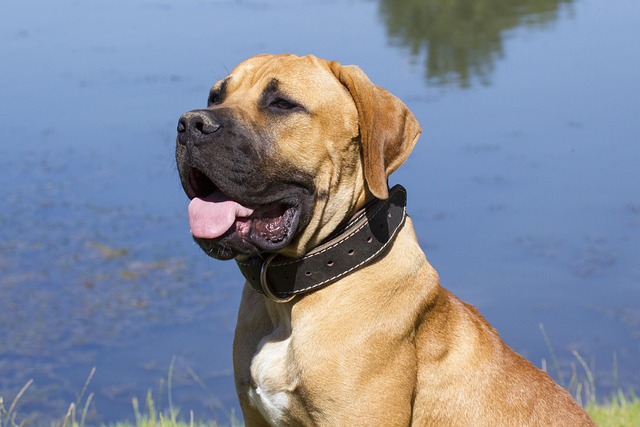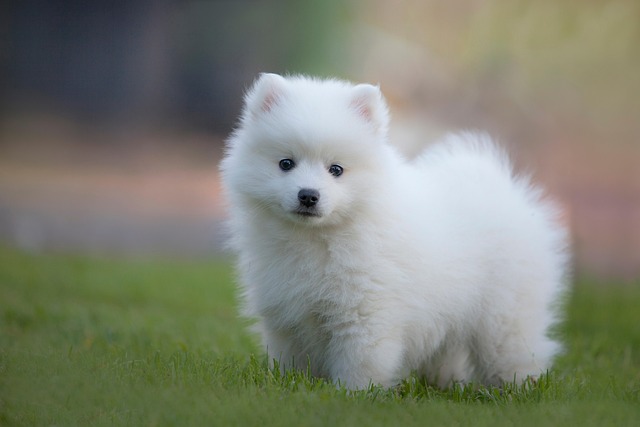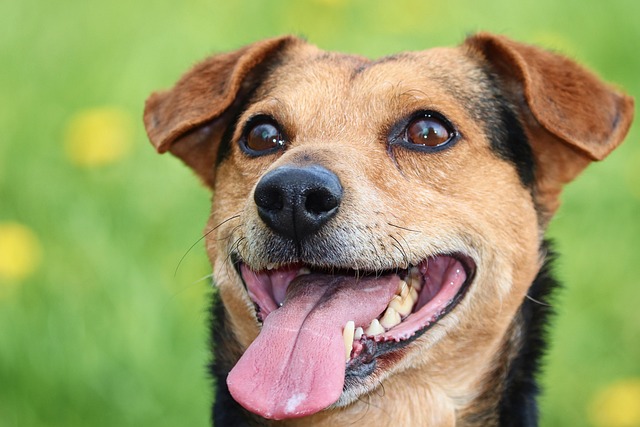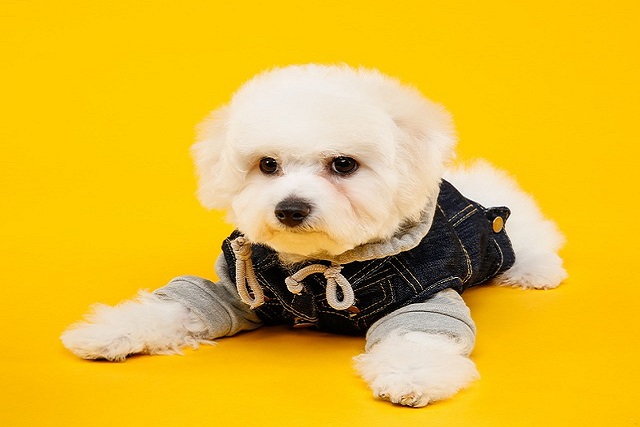
How do I start my dog on agility training?
The idea of watching your dog leap, weave, and race through an agility course is exhilarating. But before you dive in, it’s essential to understand the journey ahead,
You’re knee - deep in potty training your new puppy and see puppy pads everywhere online and in pet stores. The question pops up: Should you use puppy pads when potty training? As a new dog owner in the U.S., this decision can feel crucial, but like many aspects of pet care, it comes with its own set of pros and cons.
Understanding the science behind a puppy’s toilet habits helps shed light on how puppy pads fit in. Puppies have small bladders and can’t hold their pee or poop for long, especially when young. They’re also hard - wired to avoid soiling their sleeping area. Puppy pads, with their absorbent material and often enticing scent, can act as a designated spot for them to relieve themselves. However, there’s a catch. If not used correctly, puppy pads can confuse a puppy about where it’s truly okay to go potty, especially if your long - term goal is for them to only use the outdoors.
If you decide to use puppy pads, start by placing them in a quiet, out - of - the - way area, like a corner of a laundry room or a spare bathroom. Encourage your puppy to explore the area by guiding them there after naps, meals, or playtime. When they use the pad, immediately shower them with praise and a small treat. As your puppy gets more comfortable, gradually reduce the number of pads or move them closer to an exit door, like the backdoor that leads outside. This way, you can transition them to outdoor potty training more smoothly. Remember to clean up any accidents promptly with an enzymatic cleaner to remove odors that might attract them back to the wrong spot.

In the American pet - owning context, using puppy pads responsibly aligns with broader responsibilities. Always ensure your puppy’s vaccinations are up - to - date as required by state law, whether they’re using pads indoors or going outside. When living in apartments, puppy pads can be a practical solution to avoid disturbing neighbors with frequent nighttime trips outside, but make sure to dispose of used pads properly to maintain a clean living environment. During community walks, a well - potty - trained dog that knows where to go is a more pleasant companion for everyone. And importantly, never punish your puppy for accidents, whether on the pad or elsewhere. Positive reinforcement, like treats and kind words, is the key to effective potty training, reflecting the animal welfare values that are deeply ingrained in American pet - loving culture. Also, if you take your puppy to public areas, always clean up after them, just as you would with any waste.
The choice to use puppy pads during potty training depends on your lifestyle and long - term goals for your puppy. With careful planning and consistent training, puppy pads can be a helpful tool, but they require a strategic approach to ensure your puppy learns proper potty habits in the long run.

The idea of watching your dog leap, weave, and race through an agility course is exhilarating. But before you dive in, it’s essential to understand the journey ahead,

Deciding to bring a Yorkie into your home means embracing a tiny bundle of energy and charm, but it also raises an important question: how straightforward is potty training?

Bringing home a new puppy is an exciting adventure, but it also comes with the big question: What is the first thing you should train your puppy?

Imagine you’re at Seattle’s Green Lake Park with Luna, your energetic Shepherd mix. She spots a duck and lunges, choking herself on the collar.

Teaching a 2-year-old dog to fetch might seem challenging, but it’s a rewarding way to bond and keep your furry friend active. Fetch isn’t just a fun game—it provides mental stimulation and physical exercise, essential for a healthy dog.

You’ve read all the articles, stocked up on premium treats, and patiently clicked and rewarded your new rescue pup, Charlie.